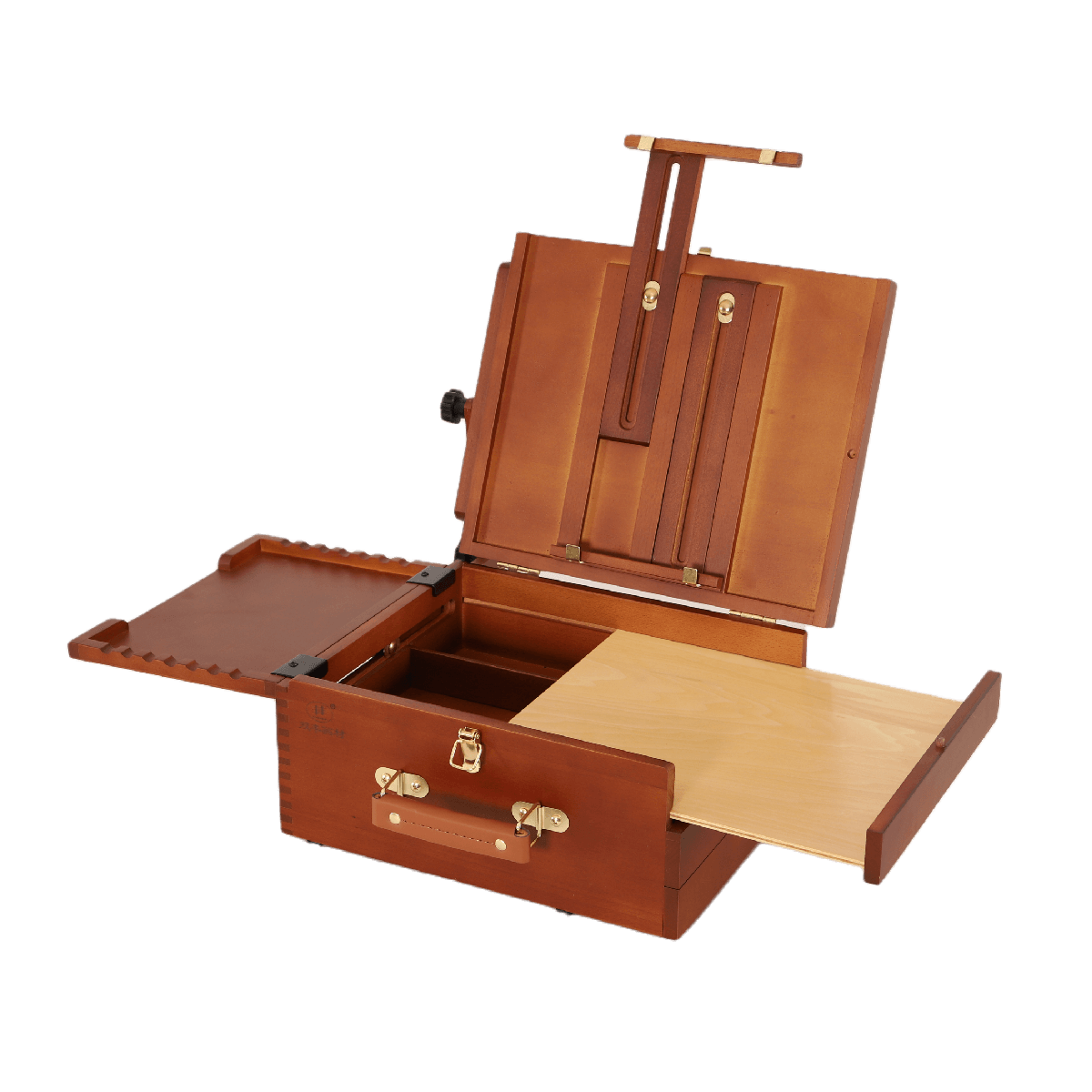If you're looking to take your love of art and craftsmanship to a whole new level, then making metal artwork is for you! Metalwork encompasses various techniques that can be used in many different ways. You'll have the opportunity to create items from scratch or work with pre-existing metals that others have made. Whether it's sculptures, jewellery, furniture pieces, door handles, the possibilities are endless!
If you want to learn how to make metal artwork at home - no experience necessary - this article will help get you started! So let's dive right in.

How are Metal Artworks Created?
The first thing you need to know is the different ways in which metal artwork can be created. There are three main ways:
- Metal Fabrication involves creating artwork from scratch by cutting and shaping metal pieces. This is done using various tools, including welding torches, saws and grinders.
- Metal Restoration takes pre-existing metal artwork and repairs it to make it look new. This is done using welding torches, grinders and other tools.
- Metal Sandblasting involves using sandblasters to engrave designs onto metals. These are typically small items, such as jewellery or door handles.
What You'll Need
To start making your metal artwork, you'll need a few essential tools:
- Welding torch
- Welding helmet
- Welding gloves
- Safety goggles
- Metal saw
- Angle grinder
Then, depending on the type of artwork you wish to make (see below), you'll need to purchase or find the following materials:
1) Metal sheets/metals - if you're working with metal fabrication, then this will be your starting point. You can either buy these pre-made or use the scrap metal.
2) Soldering/welding equipment - if you want to add beads and other embellishments to your finished pieces, then this is what you'll need. If you're working with a small amount of metal, then a soldering iron will do the trick. However, if it's large or heavy, you'll need a piece of welding equipment.
3) Drilling equipment - this is what you'll use to "drill" the holes into your piece. Again, you can do this by hand or with specialized drilling tools.
4) Grinding/polishing/sanding equipment - these are the tools and art supplies that will give your metal artwork its shine. Again, you can buy these or make them yourself (more on this later).
Types of Metal Artwork

Now that you know what you'll need, it's time to start thinking about what type of artwork you want to make. Of course, the sky is the limit when it comes to metal art, but here are a few ideas to get you started:
1) Sculptures - these can be large or small, depending on your skill and ambition. They can be made from any metal but are mostly made from copper, brass or bronze.
2) Jewellery - this is a great way to start if you're new to metalworking. You can make everything from earrings and necklaces to bracelets and rings.
3) Door Handles - if you're looking for something a bit more detailed, then you might want to consider making door handles or fixtures. They can be made from metal and engraved with unique designs.
4) Keychains - like jewellery, keychains are a great way to start if you're new to metalworking. They're easy to make and can be made from various metals.
5) Furniture Pieces - this is a more advanced project, but it's doable with a bit of practice. You can create everything from chairs and tables to beds and cabinets.
A Beginner's Guide to Metal Artwork
Now that you know a bit more about metal artwork, it's time to start making your own! Here's a step-by-step guide to help get you started:
1) Choose the project you want to make - this can be anything from a simple keychain to a complex sculpture.
2) Collect the materials you'll need - these can be purchased from a supplier or found on your own. Once you've got them, you're ready to start!
3) Cut and shape the metal as needed - don't worry about making it perfect; this is just a guide for beginners. Just make sure all pieces are roughly the same size and fit together well.
4) Drill the holes needed for your project - use a hand drill or a specialized tool, depending on the size and thickness of your metal.
5) Solder/weld the pieces together - this is where your soldering iron (or welding equipment) will come in handy. Make sure all seams are sturdy and no gaps between parts.
6) Clean and polish your metal - this is an optional step, as it will depend on the type of artwork you're trying to create. If it just needs some shine, then a simple polishing can be enough. However, if you want a uniform sheen across all surfaces, then a bit of grinding is in order.
7) Enjoy your finished product! - Now that you've finished your metal artwork, you're ready to hang it up and enjoy. Make sure you show it off to everyone and encourage them to try making their own!
To create a complete artwork, an artist needs to carefully select the materials they will use, such as high-quality art canvas, stretched canvas, canvas boards, and acrylic paint. Once they have gathered all the necessary materials, they can start creating their artwork using their preferred medium and style. For example, a metal artist might use a variety of techniques, including cutting, shaping, drilling, and soldering or welding to create a complex sculpture, while a painter might use a brush to apply layers of acrylic paint onto a stretched canvas. Regardless of the medium or technique used, the goal is to create a finished product that the artist can be proud of and share with others.







